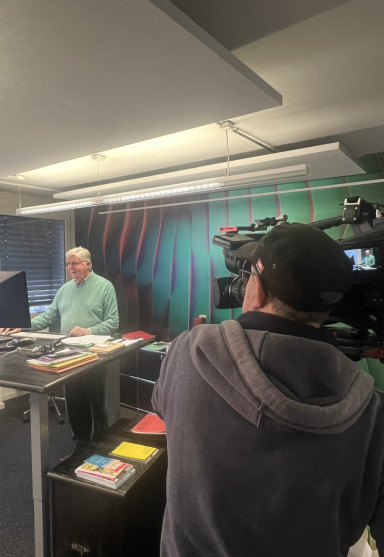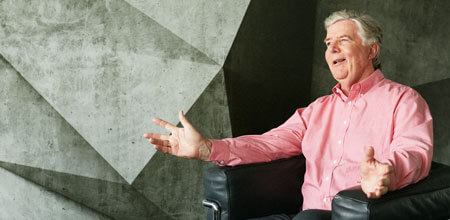

Stephan
Zilkens
,
Zilkens' News Blog 50 2025
Two more art weeklys from Stefan Kobel with commentary on the art market, and then Christmas arrives in the 52nd calendar week. According to the calendar, the first week of 2026 will begin on 29 December... Experienced readers of our news blog know that this is when Stefan Kobel's annual reviews are due. You can go on holiday with peace of mind, we will make sure that nothing that moves the art market world is forgotten.
Miami is now over too. All that remains is Art Antwerp, which starts on Thursday, and then the exhibition calendar in Europe should be complete for the time being. In January, it all starts again in Geneva. Incidentally, the exhibition with Jim Harris in Cologne runs until Saturday – from 2 p.m. on Wednesday and Saturday from 12 noon. The artist would be delighted if some of his paintings remained in Germany.
Last week saw a number of auctions in Europe. Henrik Hanstein of Lempertz in Cologne celebrated his 50th year as an auctioneer with a highly acclaimed auction in which a cow by Mataré became the star. At Christie's, one of the few Fabergé eggs on the market was auctioned. It had last fetched just under USD 10 million in New York. Now it has reached just under USD 30 million. A rare high return. Based on this, WDR took an interest in the development of the art market and interviewed our managing director. If you are interested, the link is here.
TEFAF 2022 – major jewellery theft has customs repercussions. The stones were only temporarily imported from England into the EU. Since they have disappeared, they are considered to have been permanently imported and must be cleared through customs. Apparently, Dutch customs simply lets the items in without the appropriate guarantees. They should have demanded these from the specialised freight forwarder Ferrari, as that was their job – only they had someone else involved with Valverde, and the IAA was also involved. Quite a bit of confusion, because the Dutch state now wanted EUR 4.8 million in import sales tax plus customs duties plus interest. A court in Harlem will now have to deal with the matter. A ruling is expected on 17 December if the parties involved do not reach an agreement beforehand. German freight forwarders hopefully have transport liability insurance that covers liabilities arising from such customs issues. In many countries, transport liability insurance is not even known as a product. That's when things get tough. The usual liability limitations do not apply to customs.
Enjoy Kobel's Art Week
The team at Zilkens Fine Art Insurance Broker GmbH in Solothurn and Cologne
automatically translated
